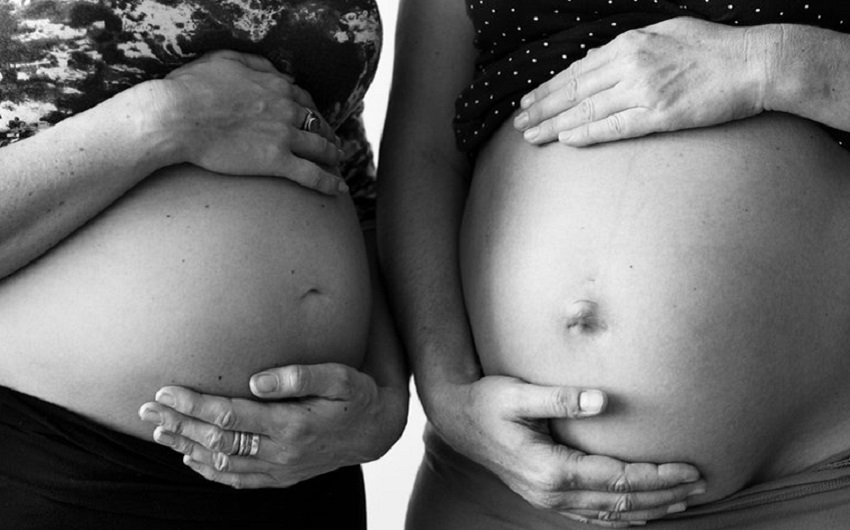Total Fertility Rate

Understanding the term Total Fertility Rate
Total Fertility Rate (TFR):
The average number of children that would be born per woman if all women lived to the end of their childbearing years and bore children according to a given set of age-specific fertility rates. Calculating the TFR involves determining the fertility rate for various cohorts of potential mothers (from age 15 to 19 through age 45 to 49), summing these, and multiplying by the size of the age interval (five).
The TFR is one of the most important fertility measures; it answers as nearly as possible the question:
How many children are women currently having?
Age-Specific Fertility Rate= Number of Births to Women of an Age Group / Total Number of Women in That Age Group.
Replacement Level Fertility (RLF):
The level of fertility needed so that a child is born to replace each person in the parents' generation. Over a period of time, the continuous occurrence of replacement level fertility will produce zero population growth in the population under consideration. Replacement level fertility rates may vary from country to country according to mortality rates, newborn sex ratios, sterility rates, immigration, and other factors unique to each nation.
The Magic Number 2.1:
In the industrialised nations, and in the United States in particular, the RLF that will produce a condition of zero population growth is widely accepted as 2.1, i.e. 2.1 births per woman per reproductive life span. The figure is based upon prevailing mortality levels and male-female newborn birth ratios. Most demographers agree that if a nation's TFR=RLF=2.1, population growth will ultimately cease and the country's population will stabilise.There is evidence, however, that a fertility rate of 2.1 will actually produce a negative "growth" rate, ultimately leading to a population decline.

Calculation of Replacement Level Fertility:
How many children should a couple in Ireland have to ensure the replacement of the population? Neglecting immigration, what factors should be taken into account?Let us consider a cohort of 1,000 newborn girls. Of that number, eight will die in infancy, i.e., prior to reaching one year old. An additional three will die in childhood before attaining the age of 15. Of the original 1,000 newborn females, therefore, 11 die before reaching reproductive age or so soon thereafter that they make no contribution to the next generation. This leaves 989 young women from the beginning population of 1,000.Of this number another four will die before the age of 25, and eight more young women will die prior to reaching age 35. From these 12, based upon their age of death, childbearing rates, and sterility rates, an estimated 40 percent, or five more women, will die during their prime reproductive age and who might become mothers.More than 5 percent of the female population is sterile, further reducing the initial cohort to 934 women. Additionally, it is estimated that at least 3 percent of the potential mothers - another 30 women - deliberately choose to remain childless throughout their reproductive years, leaving just 904 women remaining from the original cohort of 1,000. It falls upon this group to produce all the children to replace the original population of 1,000 women.Since these 904 women must produce 1,000 daughters to replace their original cohort, and will necessarily have 1,050 sons in the process = 2.26 as the number of children needed per woman per reproductive lifetime to maintain Ireland's population at a stationary level.
Other factors affecting RLF
Currently most of the factors which go into determining the replacement level fertility are moving in the direction of increasing the RLF number. In particular, the incidence of sterility, deliberate childlessness, and contraceptive usage, especially the longer-acting implants and injectibles, are all on the upswing.Furthermore, although the percentage of out-of-wedlock births has increased substantially in the past two decades, the great majority of births still occur within marriage, the incidence of which is being delayed to ever later ages, or increasingly being ended by divorce or foregone entirely. Such negative impacts on marriage result in lower fertility among the women affected.In the less developed countries of the world, the impact of higher mortality rates on replacement fertility levels results in RLF figures greater than 2.3. In certain Asian lands the strong cultural preference for boys, now readily implemented via sex-selection abortion, has led to such unprecedented imbalances in the male-female sex ratios that current RLF numbers are probably higher than 2.4.